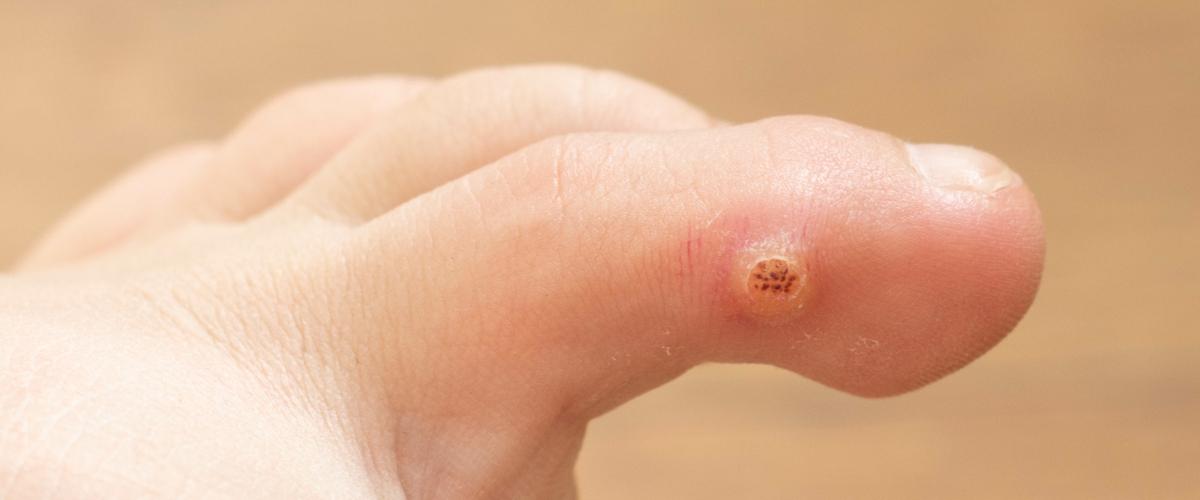
Image Source: Google
Warts can be a nuisance and sometimes embarrassing, but they are a common skin condition that affects many people. While there are various treatment options available, surgical wart removal is often recommended for stubborn or recurring warts. By understanding the process, risks, and aftercare involved in surgical wart removal, you can make an informed decision about the best course of action for your skin health. This complete guide will empower you with the knowledge you need to navigate the surgical wart removal process confidently.
Understanding Surgical Wart Removal
What are Warts?
- Warts are small, non-cancerous growths on the skin caused by the human papillomavirus (HPV).
- They can appear on any part of the body, including the hands, feet, face, and genital area.
- Warts are contagious and can spread through direct contact with the virus or contaminated surfaces.
When is Surgical Wart Removal Recommended?
- Surgical wart removal is often recommended when other treatment options, such as over-the-counter remedies or cryotherapy, have not been successful.
- It is also recommended for large warts, warts that are causing pain or discomfort, or warts in sensitive areas.
- Your dermatologist will evaluate your warts and medical history to determine if surgical removal is the best option for you.
The Surgical Wart Removal Process
Consultation with a Dermatologist
- The first step in the surgical wart removal process is a consultation with a dermatologist.
- Your dermatologist will examine your warts, discuss your medical history, and explain the surgical removal procedure.
- You will have the opportunity to ask any questions or express any concerns before moving forward with the treatment.
The Surgical Procedure
- During the surgical wart removal procedure, the dermatologist will either cut out the wart (excision) or burn it off using an electric needle (electrosurgery).
- Local anesthesia may be used to numb the area and minimize discomfort during the procedure.
- The dermatologist will then close the wound with stitches or a special dressing, depending on the size and location of the wart.
Risks and Complications
Potential Risks of Surgical Wart Removal
- Pain or discomfort during and after the procedure
- Bleeding or infection at the surgical site
- Scarring or changes in skin color
- Recurrence of warts in the same or nearby area
Minimizing Risks and Complications
- Follow your dermatologist's post-operative care instructions carefully
- Avoid picking at or scratching the surgical site
- Keep the area clean and dry to prevent infection
- Attend follow-up appointments with your dermatologist to monitor healing and address any concerns
Aftercare and Recovery
Post-Operative Care Instructions
- Keep the surgical site clean and dry
- Avoid swimming or soaking the area in water until it has completely healed
- Avoid strenuous activities that could strain the surgical site
- Take any prescribed medications as directed by your dermatologist
Healing and Recovery Timeline
- The timeline for healing and recovery after surgical wart removal can vary depending on the size and location of the wart.
- In general, it may take a few weeks for the wound to fully heal and for any scarring to fade.
- Your dermatologist will provide guidance on when it is safe to resume normal activities.
Conclusion
Empowering yourself with knowledge about surgical wart removal is essential for making informed decisions about your skin health. By understanding the process, risks, and aftercare involved, you can approach surgical wart removal with confidence and peace of mind. Remember to consult with a dermatologist to discuss your options and determine the best course of action for your individual needs. With the right information and guidance, you can effectively manage and treat stubborn or recurring warts for clear and healthy skin.
